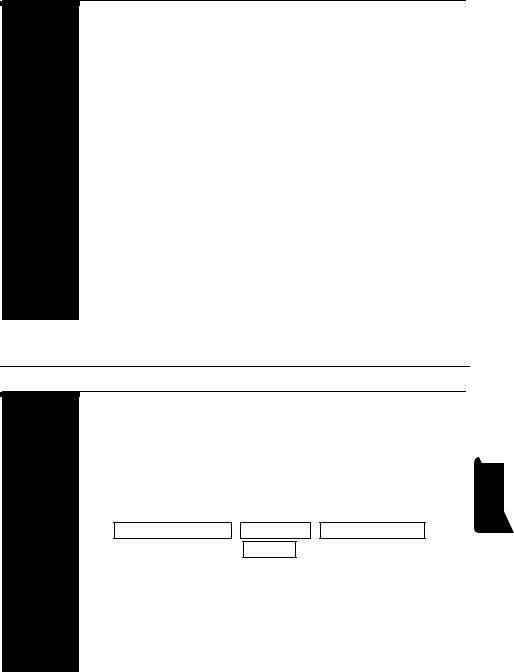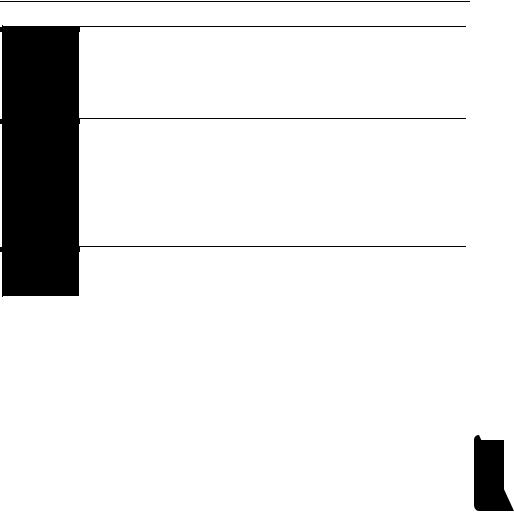Australian Guide to Legal Citation 281
Examples Asuquo v State [1967] 1 All Nigeria Law Reports 123, 126–7 (Bairamian JSC) (Supreme Court of Nigeria).
ALCC Brown Enterprises Ltd v Savaiinaea [2009] WSSC 2 (30 January 2009) [41]–[43] (Sapolu CJ) (Supreme Court of Samoa).
Idecheel v Uludong (Unreported, Supreme Court of Palau, Appellate Division, Beattie, Miller and Hoffmann AsJJ, 1 August 1994) 2.
Verfassungsgerichtshof [Constitutional Court of Austria], G 48/06, 6 October 2006, 9.
Corte costituzionale [Italian Constitutional Court], No 239, 29 December 1982 reported in [1983] I Il Foro Italiano: Raccolta Generale di Giurisprudenza 2, 4–5.
Hamburg Intermediate Appellate Court, 1 U 59/48, 7 December 1948 [Hans Ballreich et al trans, Decisions of German Superior Courts Relating to International Law: 1949–1949 (Carl Heymanns Verlag, 1956) 90].
25.3Legislative Materials
Rule Foreign judicial, quasi-judicial and administrative decisions from common law systems should be cited as consistently as possible with chapters 3, rule 23.2 or rule 24.2 (as appropriate). However, the jurisdiction should not be abbreviated.
Other foreign legislative materials (including delegated legislation) should be cited as follows:
Title of Foreign Law ( Jurisdiction ) Other Information ,
Pinpoint .
The title of the foreign law should be italicised. However, if the title appears in a foreign language and italicisation is not used in that language, the conventional equivalent of italicisation (if any) should be used.
The jurisdiction should not be abbreviated.
282 Part V — Foreign Domestic Materials
Elements of other information, which should be separated by commas, may include:
•the name of the body (other than a Parliament) responsible for promulgating the law;
•the number of the law (for example, ‘Act No 3 of 1982’);
•the full date on which the law was enacted or took effect; and
•a citation of an official government publication in which the law is contained.
Where elements of other information are included in the title of the law, they should not be repeated.
Where it would assist in retrieval, a URL may be included after the first citation to a foreign law. The URL should adhere to rule 6.15.6.
Examples Passports Act 1982 (Papua New Guinea).
Sexual Offences Act 2006 (Kenya) ss 3, 5(1)(a)(i).
Penal Code (Kiribati) c 67, s 161.
Änderung der Lebensmittelkennzeichnungsverordnung 1993
[Amendment of the Grocery Labelling Regulation 1993] (Austria) 9 January 2008, BGBl II, 8/2008.
Undang-Undang Nomor 1 Tahun 1974 Tentang Perkawinan [Law No 1 of 1974 on Marriage] (Indonesia) art 2(1).
Aliens Act (Sweden) No 2005:716, ch 8 s 12 para 3 [Ministry for Foreign Affairs (Sweden) trans, Aliens Act (2005:716) (2006) <http://www.sweden.gov.se/sb/d/5805/a/66122>].
Criminal Code (Germany) § 80 [Michael Bohlander trans,
Übersetzung des Strafgesetzbuches (Juris, 2009) 49].
Note When citing foreign codes, it is generally not necessary to include other information. However, where there is good reason for inclusion, for example in order to refer to the law as at a certain date, other information may be included.
Australian Guide to Legal Citation 283
25.4Non-English Language Other Materials
Non-English secondary or other sources should be cited in accordance with the relevant rules of this Guide for the source type.
A translation of any non-English citation element should follow that element in square brackets, where appropriate.
Jürgen Schwarze, Der Reformvertrag von Lissabon [The Reform Treaty of Lisbon] (Nomos, 2009) 181.
‘Quelques vices de procédure’ [Some Procedural Flaws] on Le blog du droit européen des brevets [Blog of European Patent Law] (13 September 2009) <http://europeanpatentcaselaw.blogspot.com/2009/ 09/quelques-vices-de-procedure.html>.
Published translations of books should be cited in accordance with rule 5.6.




